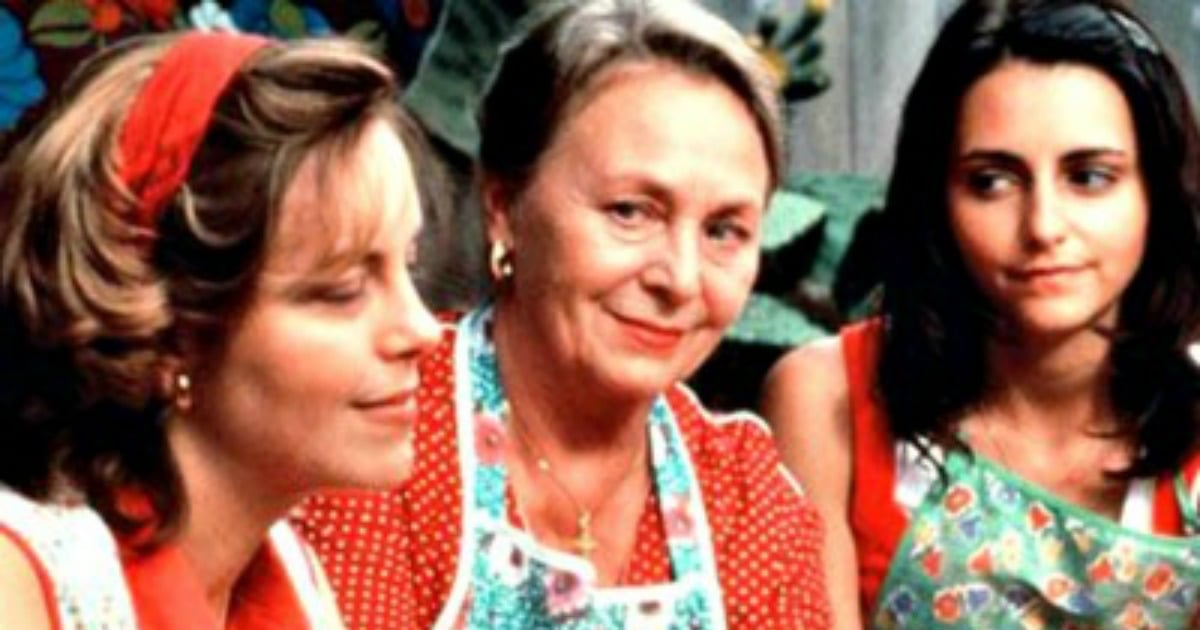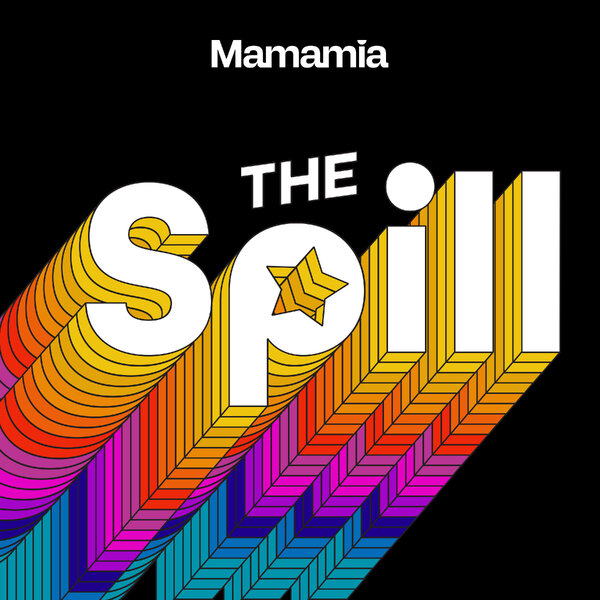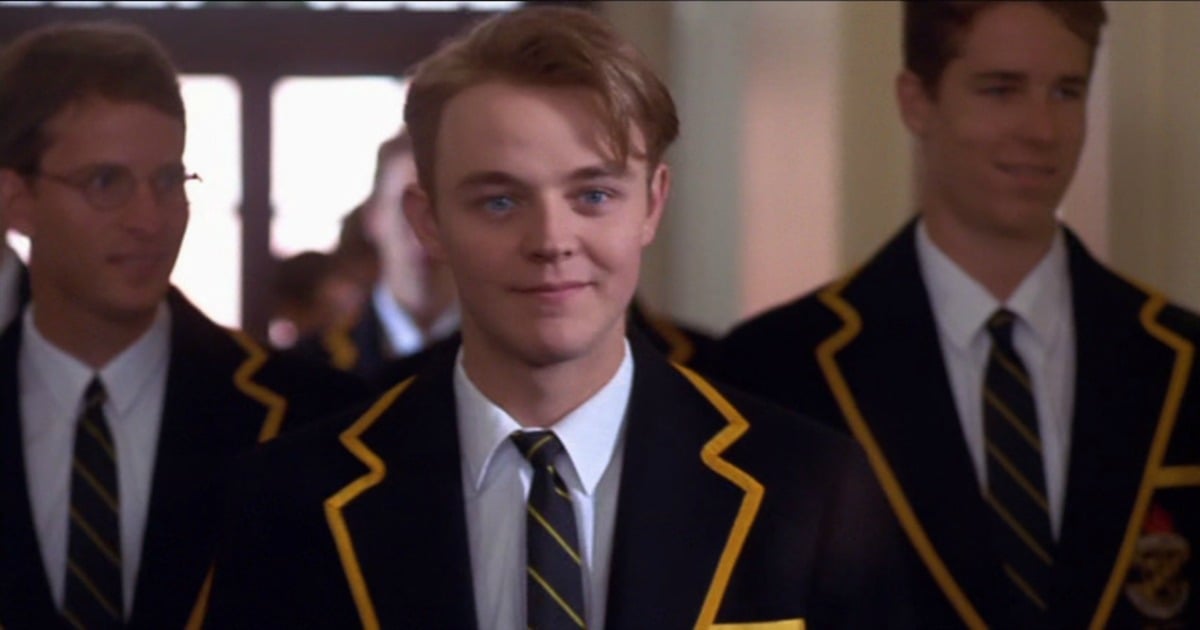
Warning: this post discusses suicide.
Twenty-five years on from its release, Looking for Alibrandi is still one of Australia’s most iconic stories.
As a novel, it’s been taught in schools around the world since its release in 1992, and as a film — well, it’s hard to find a woman above the age of 25 who doesn’t know it line for line.
Its lead character Josephine “Josie” Alibrandi was, in a way, like a fully realised Rorschach test; from her migrant background to her absent dad, model grades, struggling attitude and being attracted to the wrong boys, everyone could see something of themselves in her.
Watch: Bring on all those nostalgic feels with the Looking for Alibrandi trailer:
“A lot of the people would say to me, ‘there are so many girls in this story,'” Marchetta tells Mamamia.
“When we were adapting the script they would say, ‘You’ll have to cut that down,’ but I couldn’t really because it’s a love song to those girls out there who didn’t have a voice. The girls who sat at the back of the class and didn’t have anything to say; the girls of non-English speaking backgrounds who didn’t, and still don’t really, have as much of a voice as Anglo girls.”






























































































